What's the Difference Between B2B and B2C Marketing?
Answer to: What's the Difference Between B2B and B2C Marketing?
The fundamental difference between B2B (Business-to-Business) and B2C (Business-to-Consumer) marketing lies in the motivation of the buyer and the length of the sales cycle. B2C marketing targets individual consumers who are often driven by emotion, immediate desire, or personal convenience. The goal is usually a quick transaction with a shorter decision-making process. In contrast, B2B marketing targets other businesses where the decision process is driven by logic, financial return on investment (ROI), and operational efficiency. B2B transactions typically involve longer sales cycles, multiple decision-makers, and a focus on building long-term professional relationships rather than single-instance purchases.
A Deeper Perspective on Marketing Strategy and Audience
While the definitions above cover the basics, the practical application reveals deeper distinctions, particularly when looking at the specific needs of industrial and B2B companies. The content strategy, tone, and channels used must align with how the target audience consumes information.
- Emotional vs. Rational Drivers: B2C marketing often seeks to entertain or create an emotional connection to prompt an impulse buy. Industrial and B2B marketing must educate and build trust. The buyer is making a decision that impacts their company's bottom line, meaning they require data, white papers, and evidence of expertise to justify the purchase to their superiors.
- The Chain of Command: A consumer buying a pair of shoes rarely needs approval from a committee. However, an industrial buyer purchasing new machinery or software usually navigates a complex procurement process involving managers, technical engineers, and finance departments. Marketing materials must speak to all these stakeholders simultaneously.
- Industrial Nuances: It is important to note that industrial marketing shares the core strategy of B2B marketing but includes specific nuances. Industrial sectors, such as manufacturing or oil and gas in Houston, rely heavily on technical specifications, safety compliance, and supply chain reliability. While a general B2B strategy might focus on office efficiency, an industrial strategy must demonstrate how a product functions in demanding physical environments. Mansfield approaches this by recognizing that industrial clients prioritize technical accuracy and operational uptime above all else.
Why Perspectives on Marketing Differences May Vary
If you were to ask various marketing professionals this question, you might receive answers that blur the lines between these two disciplines.
- The "Human-to-Human" (H2H) Argument: Some agencies emphasize that regardless of whether the buyer is a business or a consumer, you are always marketing to a human being. Consequently, they may advocate for using emotional B2C tactics, such as humor or viral trends, within a B2B context. While there is truth to the idea that business buyers are people, ignoring the professional risks and financial logic involved in B2B purchases can lead to ineffective campaigns.
- Channel-Centric Views: Other professionals might define the difference strictly by the platforms used. They might suggest that Instagram is solely for B2C and LinkedIn is solely for B2B. However, this view is becoming outdated. Industrial and B2B decision-makers use various platforms for research, meaning the distinction is less about where the marketing appears and more about what the message communicates.
- Focus on Lead Quantity vs. Quality: Some perspectives prioritize high-volume traffic (common in B2C) for all clients. However, in the industrial and B2B space, generating thousands of unqualified leads is often less valuable than generating a handful of high-intent inquiries from qualified decision-makers.

